Fort Santiago
El Fort Santiago (en tagal: Moog ng Santiago) és una ciutadella que va ser construïda pel conqueridor espanyol, Miguel López de Legazpi per l'acabada d'establir ciutat de Manila, a les Filipines. La fortalesa de defensa és part de les estructures de la ciutat emmurallada de Manila conegudes com a Intramuros ("dins dels murs") .
La fortalesa és un dels llocs històrics més importants de Manila. Diverses persones van perdre la vida a les presons durant el període colonial espanyol i en la Segona Guerra Mundial. José Rizal, l'heroi nacional filipí, va ser empresonat aquí abans de la seva execució en 1896. El museu santuari de Rizal exhibeix objectes en record de l'heroi en la seva col·lecció i elements del fort, amb una representació dels seus últims passos incrustats en el sòl en bronze, que intenten recordar la ruta de la seva cel·la a la ubicació de la seva execució real.
Es troba a pocs centenars de passos de la Catedral de Manila i el Palau del Governado...Llegeix més
El Fort Santiago (en tagal: Moog ng Santiago) és una ciutadella que va ser construïda pel conqueridor espanyol, Miguel López de Legazpi per l'acabada d'establir ciutat de Manila, a les Filipines. La fortalesa de defensa és part de les estructures de la ciutat emmurallada de Manila conegudes com a Intramuros ("dins dels murs") .
La fortalesa és un dels llocs històrics més importants de Manila. Diverses persones van perdre la vida a les presons durant el període colonial espanyol i en la Segona Guerra Mundial. José Rizal, l'heroi nacional filipí, va ser empresonat aquí abans de la seva execució en 1896. El museu santuari de Rizal exhibeix objectes en record de l'heroi en la seva col·lecció i elements del fort, amb una representació dels seus últims passos incrustats en el sòl en bronze, que intenten recordar la ruta de la seva cel·la a la ubicació de la seva execució real.
Es troba a pocs centenars de passos de la Catedral de Manila i el Palau del Governador (que alberga actualment la Comissió d'Eleccions).
The location of Fort Santiago was once the site of a palisaded fort, armed with bronze guns, of Rajah Matanda, a Muslim Tagalog rajah of pre-Hispanic Manila who himself was a vassal to the Sultan of Brunei. The fort was destroyed by maestre de campo (master-of-camp) Martin de Goiti who, upon arriving in 1570 from Cebu, fought several battles with the Muslim natives. The Spaniards started building Fort Santiago (Fuerte de Santiago) after the establishment of the city of Manila under Spanish rule on June 24, 1571, and made Manila the capital of the newly colonized islands.[1]
The first fort was a structure of palm logs and earth. Most of it was destroyed when the city was invaded by Chinese pirates led by Limahong. Martin de Goiti was killed during the siege. After a fierce conflict, the Spaniards under the leadership of Juan de Salcedo, eventually drove the pirates out to Pangasinan province to the north, and eventually out of the country.[2]: 32–44
The construction of Fort Santiago with hard stone, together with the original fortified walls of Intramuros, commenced in 1590 and finished in 1593 during the reign of Gómez Pérez Dasmariñas. The stones used were volcanic tuff quarried from Guadalupe (now Guadalupe Viejo in Makati).[3] The fort as Dasmariñas left it consisted of a castellated structure without towers, trapezoidal in trace, its straight gray front projecting into the river mouth. Arches supported an open gun platform above, named the battery of Santa Barbara, the patron saint of all good artillerymen. These arches formed casemates which afforded a lower tier of fire through embrasures. Curtain walls of simplest character, without counter forts or interior buttresses, extended the flanks to a fourth front facing the city.[4]

In 1714, the ornate gate of Fort Santiago was erected together with some military barracks.[5] The Luzon earthquakes of 1880, which destroyed much of the city of Manila, destroyed the front edifice of the fort changing its character.
During the leadership of Fernándo Valdés y Tamon in the 1730s, a large semicircular gun platform to the front called media naranja (half orange) and another of lesser dimensions to the river flank were added to the Bastion of Santa Barbara. The casemates were then filled in and embrasures closed. He also changed the curtain wall facing cityward to a bastioned front. A lower parapet, bordering the interior moat, connects the two bastions.[4]
British occupationOn September 24, 1762, British forces led by Brigadier-General William Draper and Rear-Admiral Samuel Cornish invaded and captured Manila, and along with it Fort Santiago. It was during this time that the fort served as a base of operations for the Royal Navy until April 1764 when they agreed to a ceasefire with the Spanish. [6]


On August 13, 1898, the American flag was raised in Fort Santiago signifying the start of the American rule in the Philippines. The fort served as the headquarters for the U.S. Army and several changes were made to the fort by the Americans. One of these changes included the draining of the moats surrounding the fort. The grounds were then transformed into a golf course.
World War IIDuring World War II, Fort Santiago was captured by the Japanese Imperial Army, and used its prisons and dungeons including the storage cells and gunpowder magazines for hundreds of prisoners who were killed near the end of the war (see Manila massacre).[7] The fort sustained heavy damage from American and Filipino military mortar shells during the Battle of Manila in February 1945. Also, approximately 600 American prisoners of war died of suffocation or hunger after being held in extremely tight quarters in the dungeons at Fort Santiago.




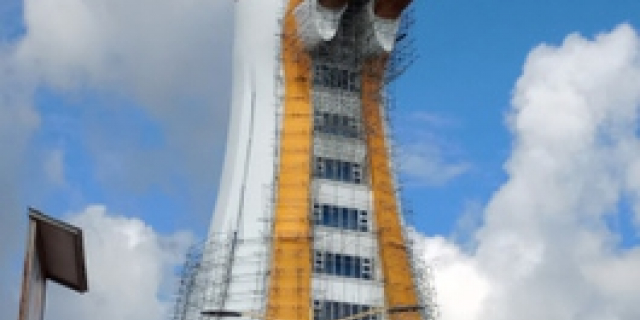

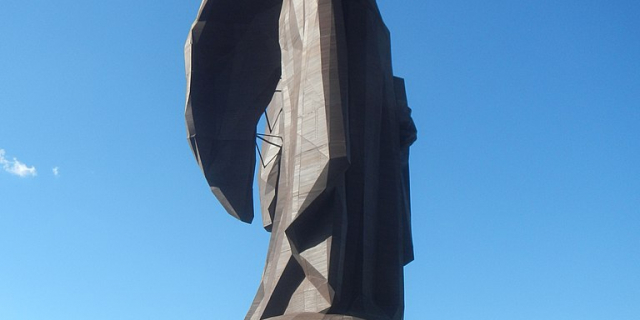




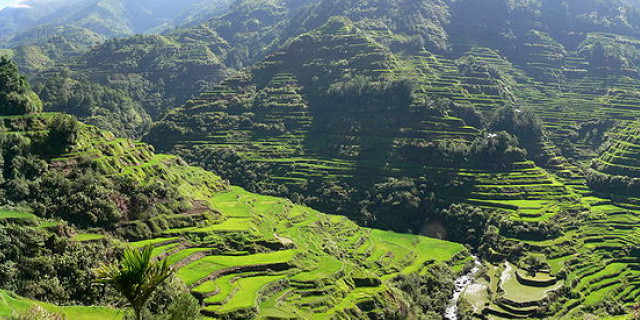

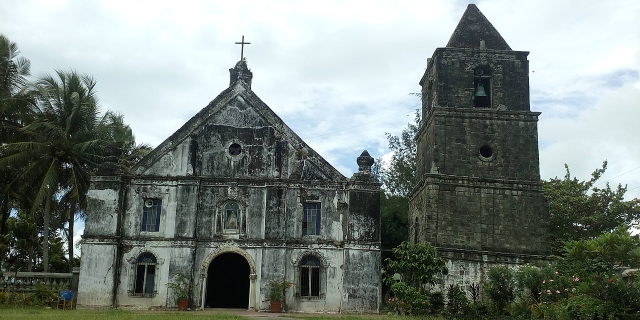



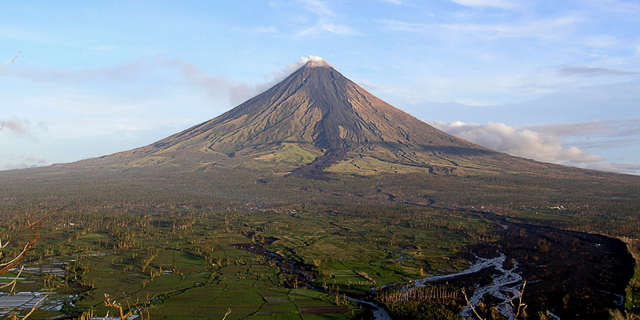


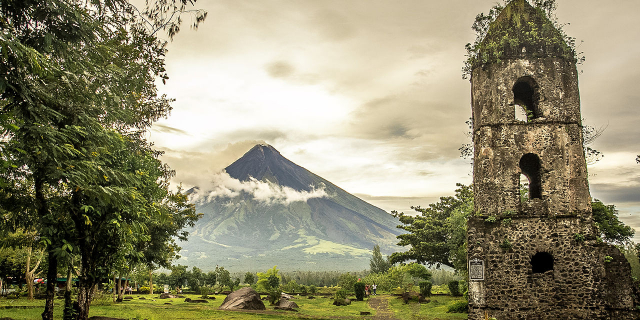



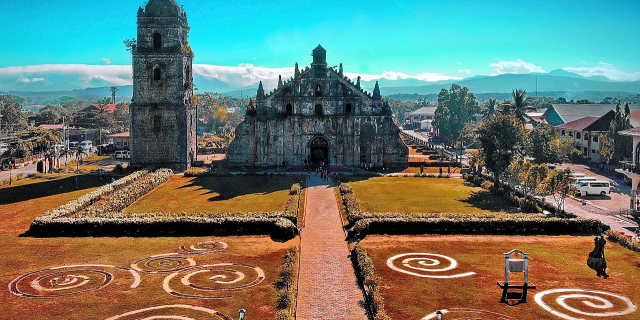

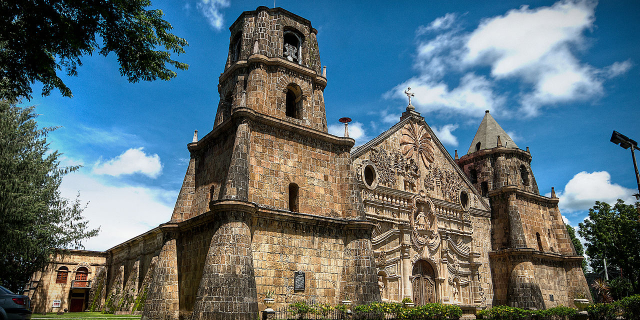
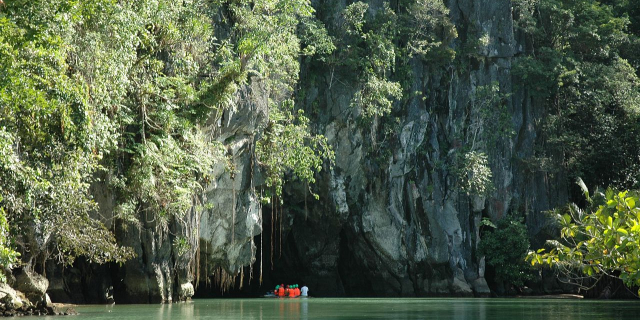



Afegeix un nou comentari